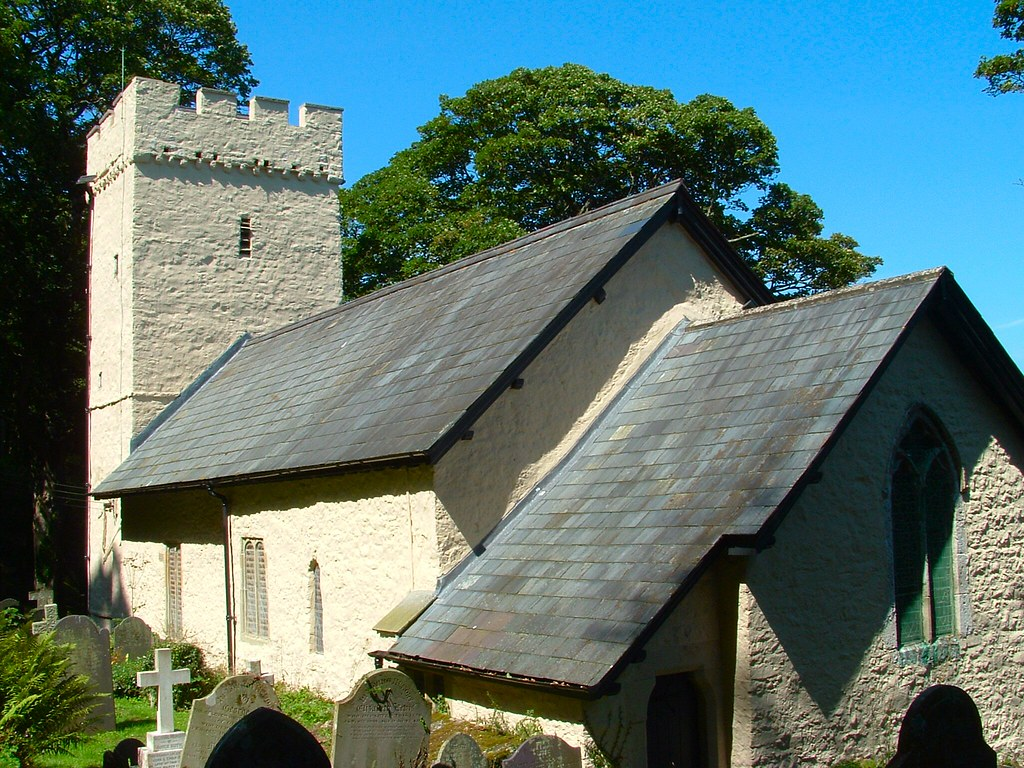Victoria Cross & MURDER
This blog will be the first of two, about a Victoria Cross and Murder. This will be the latter – Murder.
Thomas Sylvester, a Swansea Surgeon, was asked by the
Swansea Coroner, Gabriel Powell, to assist in examining the body of Mary
Gordon. Mary had been murdered. Thomas’s findings were “on examining the
deceased’s head he found a small tumor a little above the right temple……..upon
further opening of the skull quite bare he discovered no fracture or injury
thereto and that he believes that nothing he saw could be the occasion of the
deceased’s death”.
So, let’s go back to the beginning.
 |
| Llanrihidian Church |
Cornelius Gordon was born in 1750 and baptised that April at Llanrihidian Church. He was the 8th child of Elisha and Margaret Gordon. The Gordon family came from Weobley Castle, where Cornelius’ parents lived at the time.
January 1780, Cornelius married Mary Bevan at Oxwich church.
 |
| Oxwich church |
Severn years later, in April 1787, Cornelious and Mary
were in their garden at their home, Crichton.
Cornelius is digging which Mary was “setting to leeks and sowing the
seeds” They were accompanied by their servant, Thomas Westley, who had been
employed for the last three months. Both
Cornelius and Mary quarrel. While Mary sits on the ground, Cornelius hits her head with a shovel. Mary is knocked to the ground and can’t get
up, Mary cries out, and Thomas rushes to assist her.
Unable to pick Mary up, Thomas rushes off to the neighbour's
house, Elizabeth Long. Both Elizabeth
and her servant, assist Thomas to get Mary back into the house. When in the house Mary complains of pains in
her stomach when she is sick shortly afterwards. Elizabeth helps and assists
Mary to bed, where she stays for three-quarters of an hour before Mary falls
asleep. All this time Cornelius is still
working in the garden.
The following morning, Thomas is sent urgently by Cornelius
to fetch the doctor from Swansea. Thomas
goes to the shop of Mr Thomas Williams, surgeon and apothecary. Thomas informs
that his mistress has fallen off her horse and that she is in a bad way. Both men return to the house, only to
find that Mary has died.
Before Mary dies, Elizabeth Long has been returned to the
house. On returning to the house, she
finds Cornelius in the room, crying. The
surgeon examines Mary and finds that her fingers and closed very tightly and
that he couldn’t open them. Thomas
concludes that Mary died from a fit.
At the same time, Mary’s uncle and brothers arrive at the
house and they accuse Cornelius of abusing her.
Whilst Thomas is examining the body, Cornelius takes his servant to the
out-kitchen and asks him not to mention the blow to the head and he would
give him anything to wants.
The same day, the Coroner, Gabriel Powell issues a command
to the Bailiff of Gower, to “summon and warn twenty-four honest and lawful men
of the Parish of Llanrhidian…….that they and every one of them be and
personally appears before me at the dwelling house of Cornelius Gordon” on
Friday 6th April. They were told to form a Jury and enquire into the
death of Mary and come to an opinion as to the manner of her death.
On Friday morning, the 6th of April,
Thomas Westley, Elizabeth Long, and Thomas Williams are examined before the
coroner. They were sworn in, and they
gave statements. Thomas Westley feared for his life and headed the plea of his
master and omitted to mention the blows that Mary received.
The fourth statement came from Thomas Sylvester.
The Jury found that Mary Gordon “being at work in the garden
on the Wednesday evening last setting to leeks and sowing seeds, was seized
with a fit she languished till between ten and eleven of the clock on Thursday
morning, and then languished died”. The
Jury declared that Mary had died of visitation of God and nothing otherwise to
the best of their knowledge. The papers
were signed and sealed by each of the fourteen jurors, and the Coroner.
Mary was buried on the 7th at Llanrhidian church.
That is not the end of the story.
Between the Inquisition on the Friday and the following
Tuesday, 10th April. Perhaps
Mary’s uncle and brothers reported Cornelius' abusive behaviour towards Mary. The servant testified that he did have words.
Or did someone examine the papers and ask why didn’t Cornelius ignore Mary’s
condition and give aid rather than digging?
This time statements were given to the Justice of Peace, Rowland
Pritchard.
Mary’s body is exhumed, and surgeon Charles Collins examines
the body.
His evidence finds what the other surgeons didn’t, and that
the skull is fractured “across the temporal bone towards the orbit and the
basis of the skull” and that “he thinks and believes that the said fracture was
the occasion of her death”.
Thomas Sylvester, who assisted Collins with his examination,
follows with another statement. He tersely agrees with Collins’ statement, but
he doesn’t explain why he missed the evidence in his first examination.
A third statement is given by Thomas Westley, who presented
with the latest evidence tells a different story and states that Cornelius
hit Mary “with the flat iron part of the shovel”. He also described how Cornelius begged him to
not admit this evidence.
On the 10th of April, Cornelius was
confirmed to Cardiff Gaol and tried at Cowbridge Great Sessions on the 14th. Cornelius is found guilty of Mary’s murder
and sentenced to hang.
Cornelius Gordon was hanged at Stalling Down on the 20th
of April 1787 – 16 days after the murder. His execution was the last one at Stalling
Down.
Assistant from the article “Stalling Down, Cowbridge, hanging
1787” written by Gill Evans and published in the Glamorgan Family Society
Journal No.94, June 2009.

Comments
Post a Comment